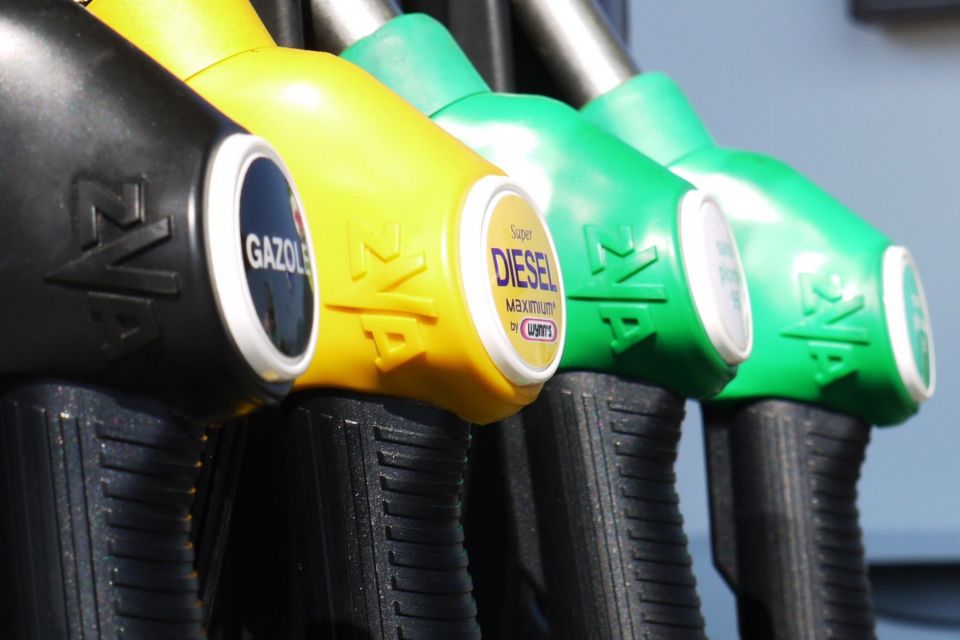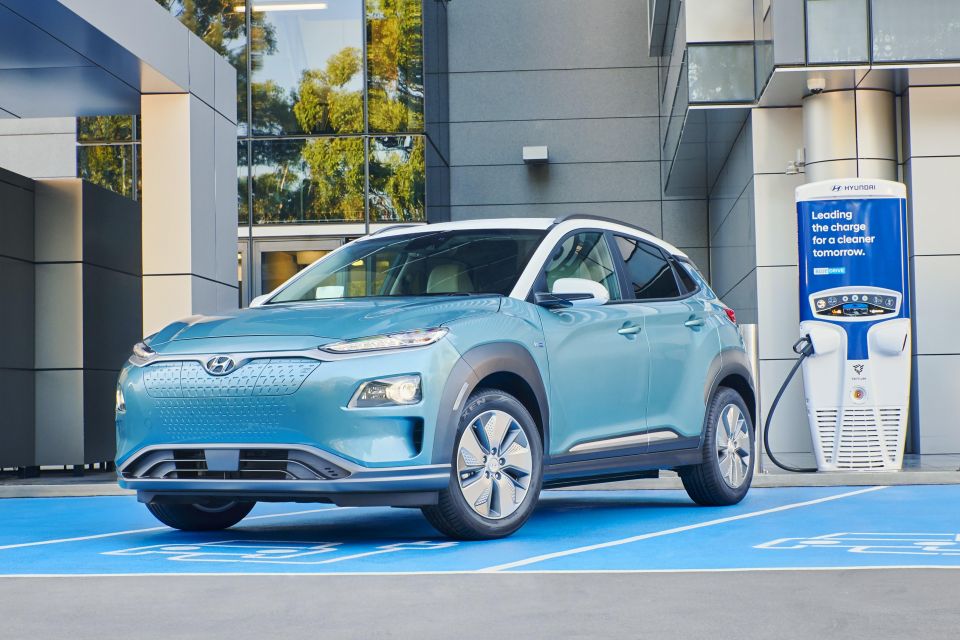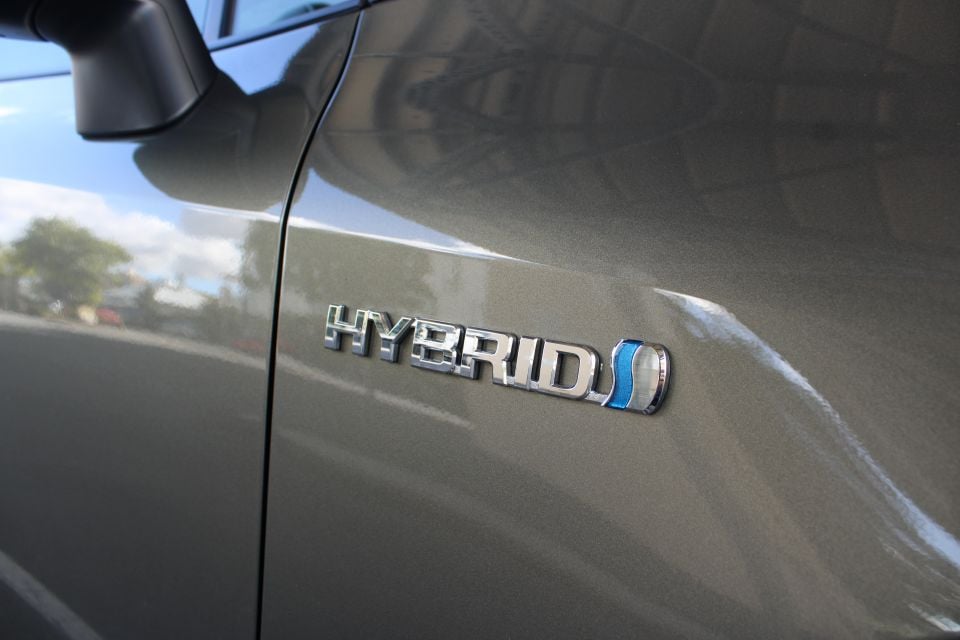

William Stopford
The cars revealed in 2025 we wish would come to Australia
10 Hours Ago
Australia's car industry finally has a strategy to reduce emissions. How exactly do we compare with European regulations?

Marketplace Editor


Marketplace Editor
The Federal Chamber of Automotive Industries (FCAI) today announced an ‘industry-led’ code to reduce vehicle emissions heading into 2030 – but where are we starting from?
Currently, Australia mandates ADR/79 regulations, based on the Euro 5 emissions standard first introduced in Europe a decade ago, and since superseded in Europe by EU6 rules.
While setting benchmarks for the emission of harmful pollutants such as carbon monoxide (CO), hydrocarbons, oxides of nitrogen (NOx), as well as the mass of particulates and number of particles, the Australian government hasn’t yet set a fleet emissions target for carmakers Down Under.
It also doesn’t really incentivise the uptake of low-emission or zero-emission vehicles – with the exception of a higher luxury car tax (LCT) threshold for ‘fuel efficient vehicles’, defined as vehicles using less than 7.0L/100km.

These standards have meant the Australian market has continued to fall down the priority list for manufacturers when it comes to offering the latest, most efficient vehicles and powertrains, instead allocating their production to regions requiring it to meet strict emissions rules – such as Europe and the UK.
Numerous manufacturers and their local arms have been vocal on the issue, particularly the likes of BMW and the Volkswagen Group, likening Australia’s approach to vehicle emissions and fuel quality to that of third-world and developing nations.
Moving forward, the FCAI’s CO2 Emissions Standard announced today calls for manufacturers to reduce passenger car emissions by 4.0 per cent per annum, and reduce SUV and light–commercial (ute, van) emissions by 3.0 per cent per annum across their fleets for the next decade.
More than 40 automotive brands in Australia support the initiative.

The goal is to for carmakers to have passenger vehicle fleet emissions below 100g/km of CO2 by 2030, and light-commercial fleet emissions below 145g/km.
This industry-led initiative is designed to encourage global divisions of vehicle manufacturers to prioritise the introduction of more hybrid, plug-in hybrid, and electric vehicles in Australia, as well as the latest and most efficient versions of conventional combustion powertrains.
Emitting 100g/km is equivalent to consumption of under 5.0L/100km in petrol vehicles and less than 4.0L/100km in diesels, while 145g/km equates to just over 6.0L/100km for petrol vehicles and just over 5.0L/100km in diesels.
It’s also worth noting that, unlike Europe, if manufacturers don’t meet the targets set by the FCAI, they are not penalised financially.
The FCAI will, however, encourage manufacturers to fall into line by publishing a public report outlining whether or not companies are meeting fleet emissions targets targets.

Meanwhile, the European Union has previously targeted a fleet emissions average of 130g/km of CO2 for new passenger cars, to be achieved between 2015 and 2019 [Source: European Commission] under Euro 6b regulations.
This equates to an average of 5.6L/100km for petrol cars and 4.9L/100km for diesels.
Europe’s car industry met that target two years ahead of schedule in 2013, with a new fleet emissions target of 95g/km placed on the industry with a 2021 deadline under Euro 6d-Temp standards (10 years ahead of the passenger car target set by the FCAI in Australia).
For reference, that corresponds to an average consumption of 4.1L/100km for petrol cars and 3.6L/100km for diesels.
With that in mind, there are allowances and exceptions to make sure manufacturers get a fair go. For instance, manufacturers are given specific targets based on the average mass of their vehicles, meaning heavier cars have higher allowances than lighter cars.
For 2020, emissions targets apply to 95 per cent of a manufacturer’s lowest-emitting cars, as opposed to their entire vehicle fleet.
However, from 2021 all of a manufacturer’s newly-registered vehicles will need to come under the benchmark set by the European Union.

Should a manufacturer not meet the emissions targets, they are penalised €95 ($155.10) for each g/km of target exceedance, which can amount to thousands if not millions in fines.
Looking further ahead, the EU has stipulated emissions targets for the 2025-30 period, with a 15 per cent reduction in emissions for cars from 2025 compared 2021 levels, and a 37.5 per cent reduction from 2030 onwards. Vans will be required to make a 31 per cent reduction from 2030 onwards.
There’s also further incentives for manufacturers to sell low- and zero-emissions vehicles (ZLEV) to offset the tough benchmarks, with manufacturers given a 1.0 per cent increase in CO2 target if its share of ZLEV sales exceeds 15 per cent from 2025, and 35 per cent from 2030 (30 per cent for vans).
MORE: Emissions targets explained with Tony Weber, FCAI Chief Executive MORE: Carmakers bypass government to develop Australian emissions standards
James Wong is an automotive journalist and former PR consultant, recognised among Australia’s most prolific motoring writers.


William Stopford
10 Hours Ago


Josh Nevett
11 Hours Ago


Ben Zachariah
1 Day Ago


CarExpert.com.au
1 Day Ago


Damion Smy
2 Days Ago


Damion Smy
2 Days Ago